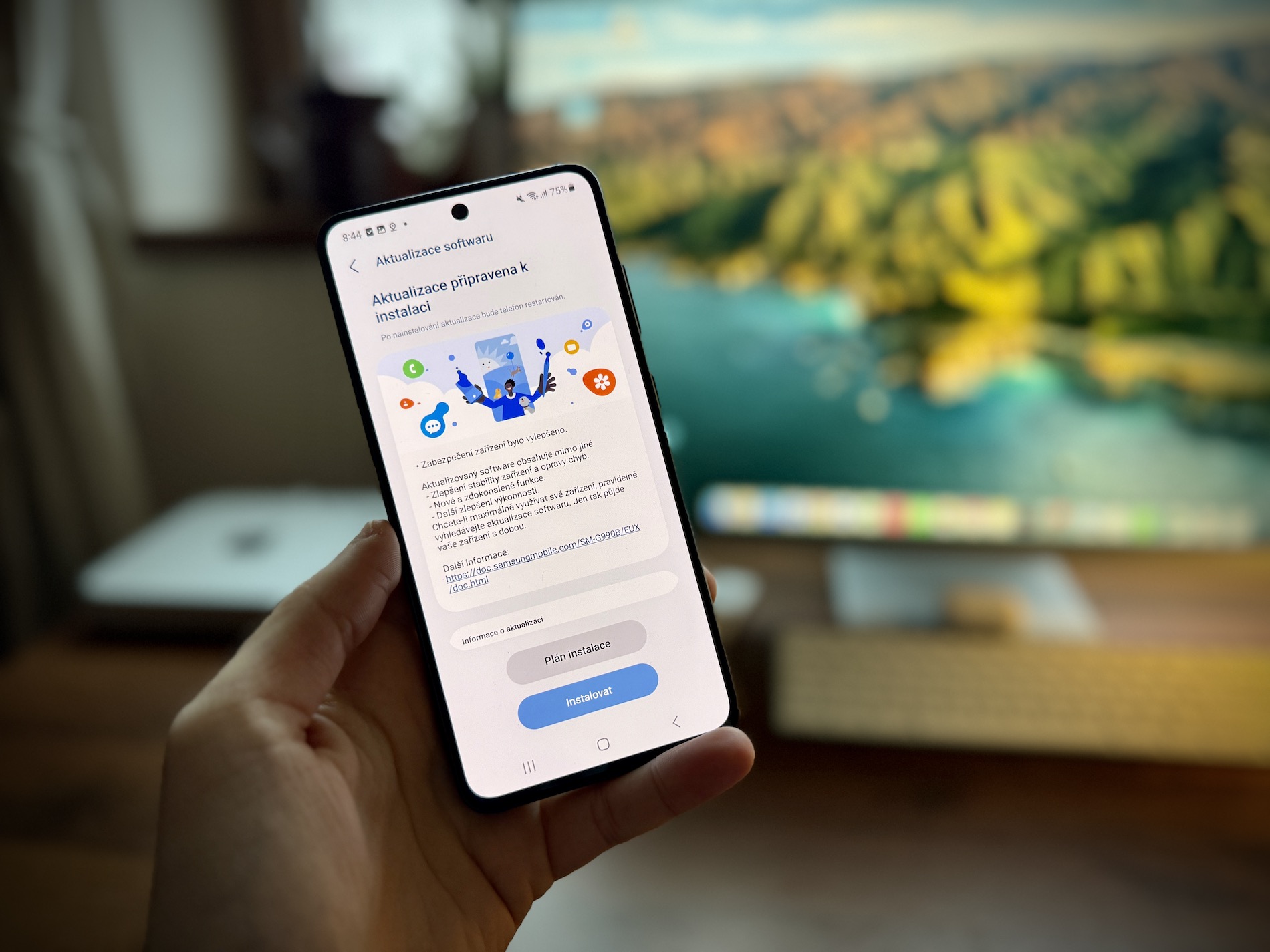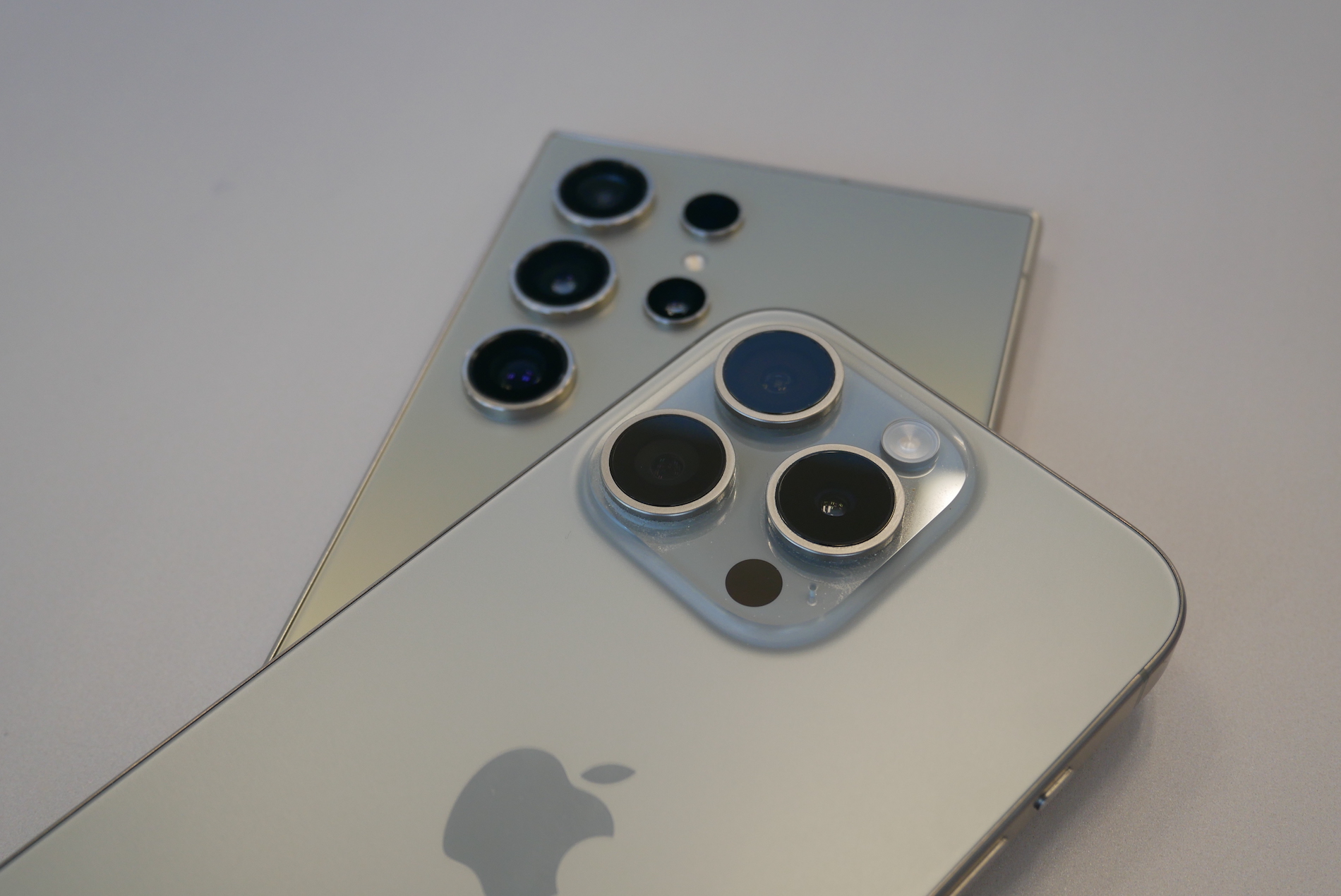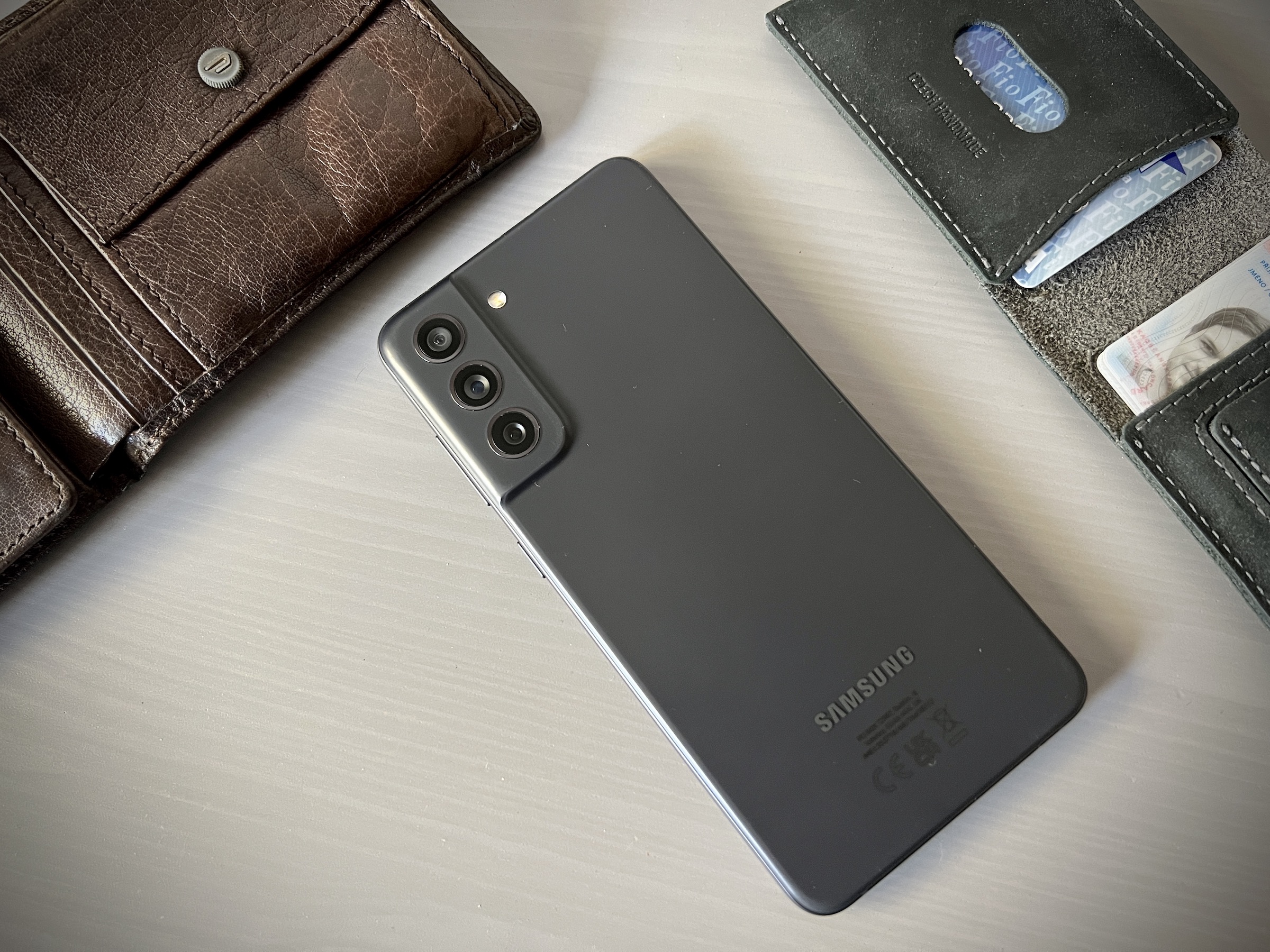It probably goes without saying that visiting official app stores should be a guarantee for users that what they buy and download is safe. However, as it now turns out, this is not always the case with the Google Play Store. According to a new academic study conducted by the research organization NortonLifeLock Research Group in collaboration with the IMDEA Software Institute, this is the main source of harmful and unwanted applications (unwanted or potentially unwanted applications are those applications whose behavior the user may consider undesirable or unwanted; for example, offering to install other applications, hiding important information or adversely affecting device performance).
The study found that 87% of all app installs come from the Google Store, but that it also accounts for 67% of malicious app installs. This is not to say that Google does little to secure it, on the contrary, due to the number of applications and the popularity of the store, any application that escapes its attention can reach a very large audience.
You could be interested in

According to the study, 10-24% of users encountered at least one unwanted application. It also notes that while Google Play is the main "distribution vector" for both malicious and unwanted apps, it has the best protection against the latter group. He also notes that unwanted apps can "surprisingly" survive a phone swap, due to the use of automatic backup tools.
How we recently reported, the dangerous Joker malware appeared in the Google store several times this year, infecting over three dozen applications there in a few months. According to cybersecurity experts, the best protection against malicious and unwanted software is to use proven antivirus programs, such as Bitdefender, Kaspersky Security Cloud or AVG, and to "vet" the application before installing it (e.g. by using user reviews).





